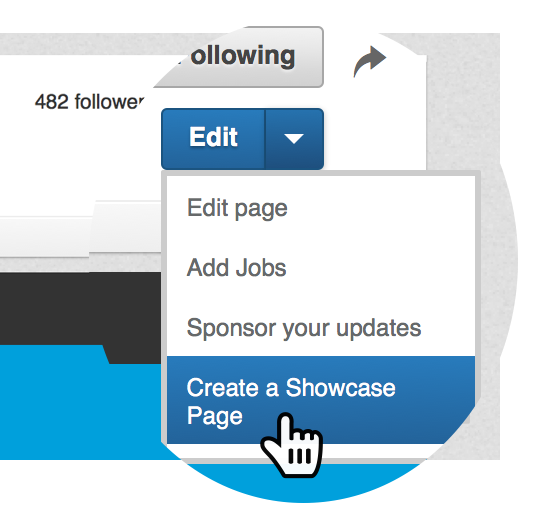
Thanks to Company Pages, you can create a powerful content-rich brand asset:
An Additional Reputation Management Tool: Linkedin Company Showcase Pages
Showcase pages are the extension of company pages. They are a way to “show off” your business and its social clout. Use showcase pages to:
- Create a dedicated page for each aspect of your business with its own message
- Share more tightly focused content to build a relationship with some specific audiences
Showcase pages allow you to represent your company, just like you are representing yourself. People can get a better feel for your brand and what it is all about.
You are encouraged to have multiple showcase pages (the limit is ten showcase pages per one company page) that work for different projects within your company, all connected to you. Adobe does this, for example; they have Adobe, Adobe Creative Cloud, and Adobe Marketing Cloud among their listed Showcase pages.
Showcase Pages That Show Their Power For Brand Promotion
Adobe Showcase Page example: Microsoft Office
Microsoft Office has used their Showcase page as a social hub for regular updates on projects, information on their product, and connecting with people who use Office for professional reasons.
It was perfect for their needs, since LinkedIn is a place for professionals, and that was who they wanted to target: people who are using the word processing program and connected features for their working life and projects. They only get a few engagements per post, but anyone who has seen most LinkedIn company pages know what a huge boon that is.
I started with Microsoft example because it perfectly illustrates the SEO value of showcase pages: Each of its showcase page has been picked up as a sitelink:
This is one powerful SERPs asset to rely on!
Adobe Showcase Page example: Adobe Creative Cloud Showcase Page
As mentioned before, Adobe has three different Showcase pages available. The first is their primary, and the other two are separate cloud services. Now, they could have chose any number of products to feature in this way. But they made the smart move of focusing on very specific audiences that were more likely to branch out.
After all, many Adobe products fall under the same audience banner, whereas the clouds focus each focus on different needs less likely to intersect. It was a great way to reach out without casting their net too wide.
Adobe Showcase Page example: IBM Analytics
IBM took a different, but still effective, route. They broke their products down into the basic categories: Primary, Cloud, Analytics, Security, Systems, IBM with MSPs, Watson, Watson Health, Social Business, Commerce, Internet Of Things, MobileFirst and Research.
They didn’t confine themselves within the boundaries of a main group and a couple of others than might appeal to different groups. They opened themselves up to every audience with its own Showcase, and it worked. They also put a lot of focus on their employees, which are listed on the main page, and careers that can be applied for by following a link right there in the right sidebar.
Adobe Showcase Page example: Cisco Data Centers
Cisco is the most active of all the above pages. They post every hour with something interesting that is directly engaging to their followers. They communicate with people directly. They even have multiple groups that are separate from their many Showcase pages in order to get people connecting on a deeper level. Their approach is thoughtful, much more so than you usually see from such large brands.
How To Best Utilize Showcase Pages For Your Company
- Know the audience you are aiming for: You are trying to reach a very specific audience on a platform like LinkedIn, though it will vary based on what your company does, and who it will do it for. You need to customize your efforts to take those details into account. For instance, you might be aiming for professionals on Facebook. But because of the nature of the platform, those professionals are seeking more casual posts. On LinkedIn, they are there for work. Your approach will have to adapt.
- Have realistic expectations: If you are hoping to get as many likes on LinkedIn as you are Twitter, you are in for a lot of disappointment. You should be setting realistic goals based on the norm of the social site, and what can be readily accepted as possible. Set simple milestones, like gaining a certain number of followers in a certain time, equalizing interest in each Showcase, or using it as a form of lead generation that provides a 2% boost in conversions.
- Be prepared to put in the work: LinkedIn is not an easy platform for success, no matter what you are using it for. The rules are different there, more so than on any other social network. Be ready to put real time, effort and patience into the task of building it up. Don’t let lack of results discourage you; it will take months more to begin seeing progress on Showcases than it would a Facebook page. Just keep going, the returns can be immense.
- Use every available feature: Showcase pages don’t have a whole lot to offer by way of features, but they do have some. You should be taking advantage of everything, from the employee lists to the information areas. Every little bit can have a massive impact, and may be the difference between a hit and a flop.
- Post regular content: Cisco has illustrated this point well: regular content equals better engagement. You should be posting multiple times a day, providing links that will be of value to your audience. Plus occasionally posting original content that can only be found on your Showcase.
The Downside Of Showcase Pages
Being realistic, we have to address a couple of the negatives to Showcase pages and their capabilities. The biggest is the one that tends to turn people off the most: It makes things more confusing.
After we are already confused enough with differences between pages, groups, communities, “updates” and so on, showcase pages make the whole thing even more messed up. They are hard to scale and manage if you create several pages (and creating several showcase pages for every aspect of your business is what they apparently are for).
Another issue is the format. It has been compared in many ways to a less robust Google Plus, and while that isn’t really accurate it is hard to deny the comparison entirely. Unlike other networks that feel very alive, Showcase pages are pretty stagnant. To get it moving you really need to keep up on engagement.
Basically, you are going to need to promote and maintain. If you are willing to put in the work, it can be a great platform for connecting with a new audience.
Have any tips or tricks for Showcase pages? Let us know in the comments!

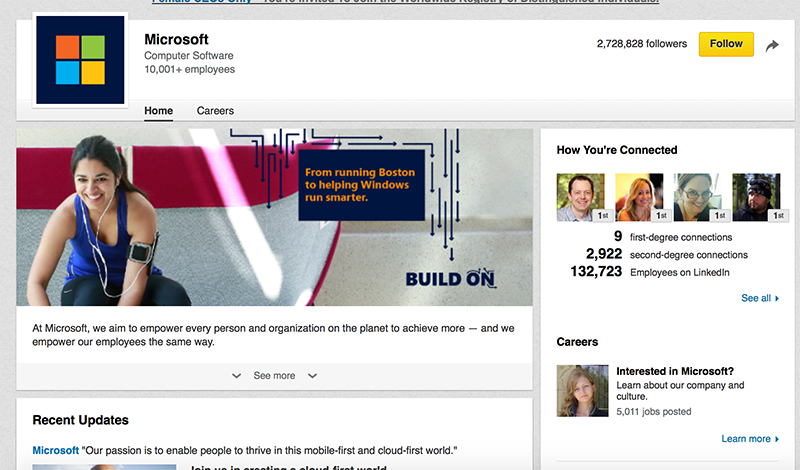
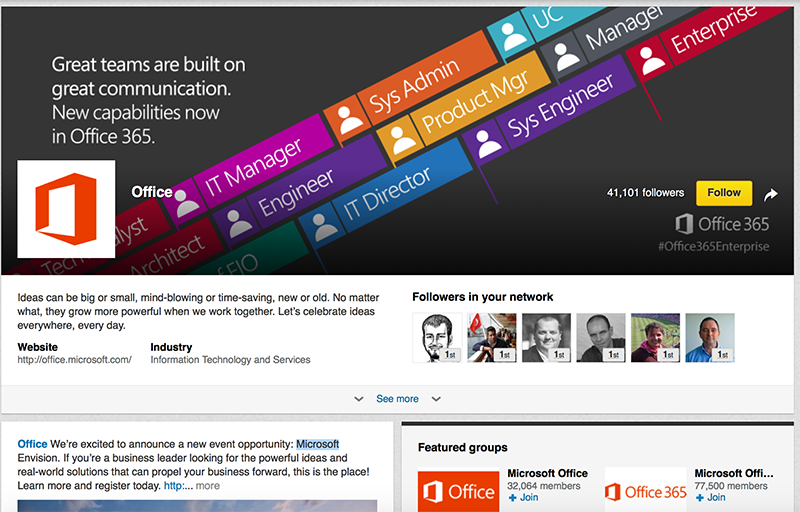
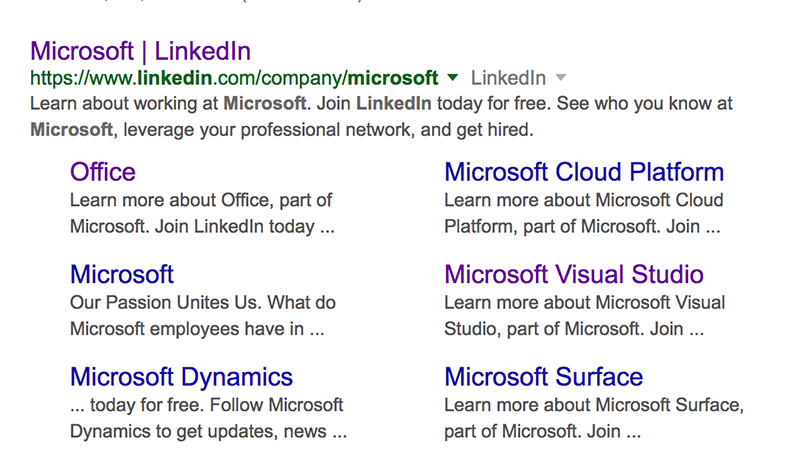
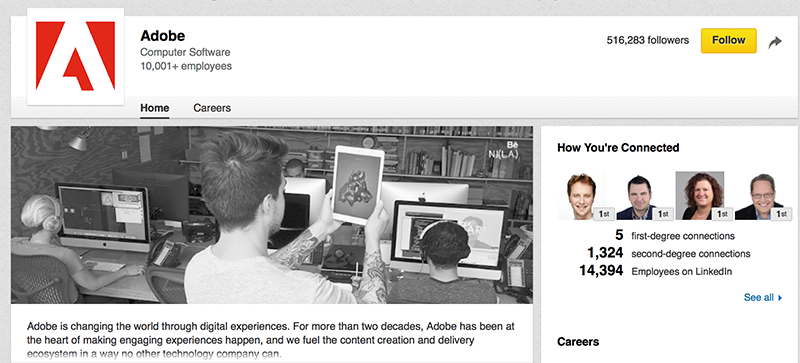
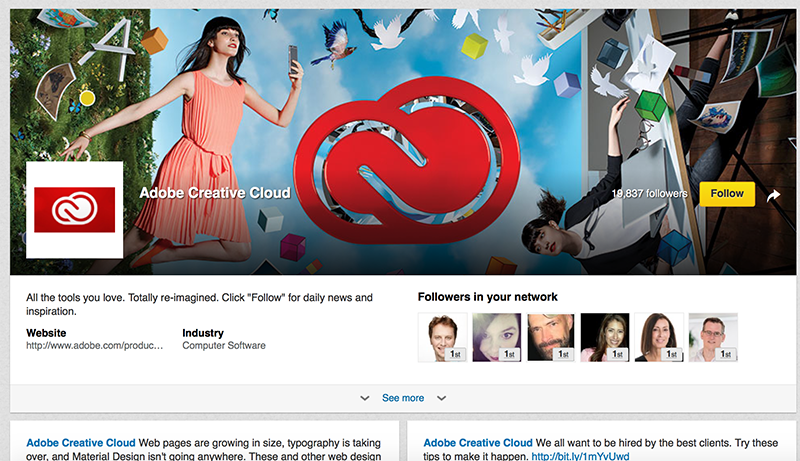
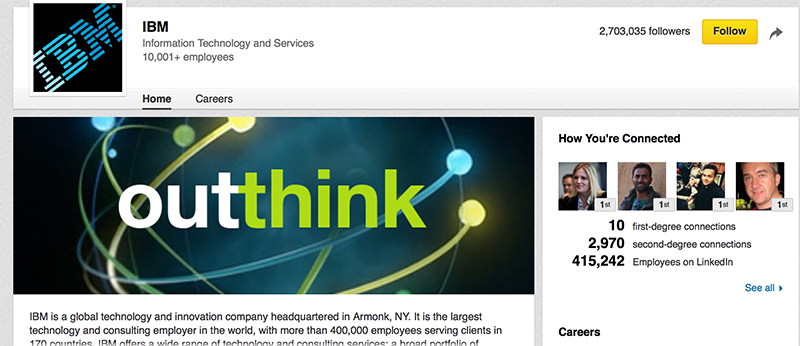
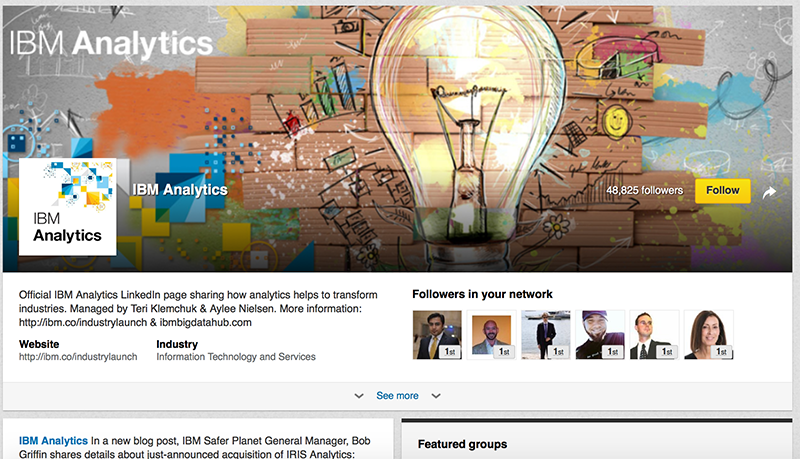
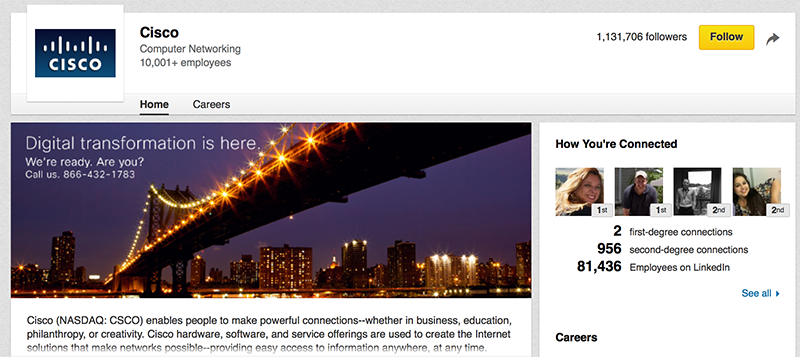
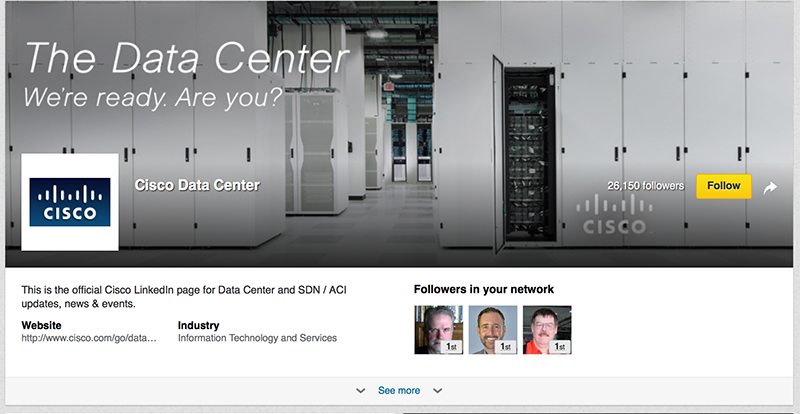



One Response
When it comes to the online presence of your business it is really important that you use all the online platforms coherently. This post tells you about how to use LinkedIn to get it work for you.
Comments are closed.